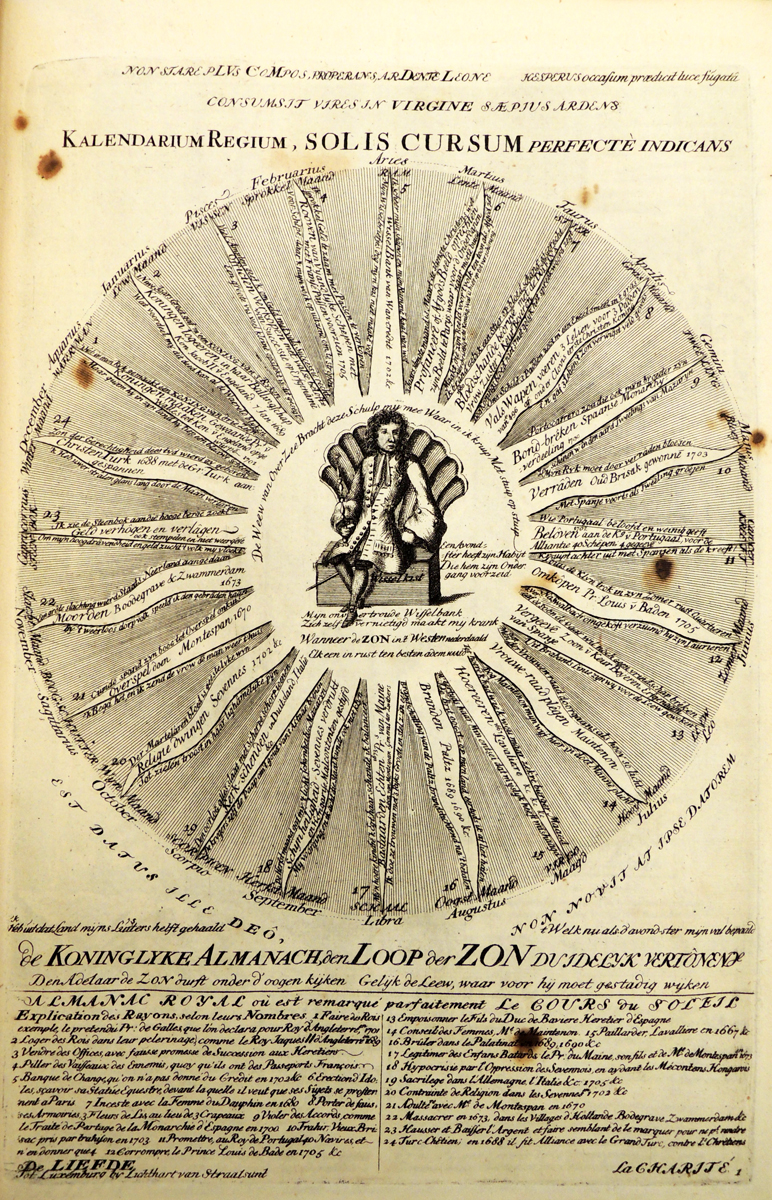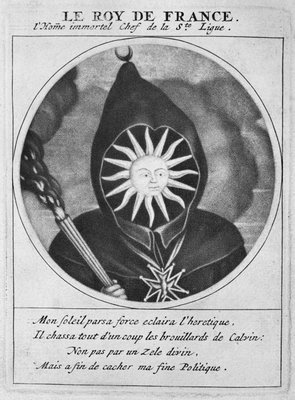Born as the daughter of Philip V of Spain and his consort, Elisabeth Farnese, Marie Thérèse Raphaëlle was married to Louis Ferdinand de Bourbon, Dauphin of France. Their marriage took place in 1745 as a part of the reconciliation between France and Spain made necessary by the abrupt return of Infanta Marie Anne Victoire to Spain. She was initially meant to have been the wife of Louis XV but her young age and the king's dire need for an heir resulted in the betrothal being broken up. Now, some twenty years later, the two families reunited with the marriage of Louis and Marie Thérèse Raphaëlle.
While this union proved remarkably happy, it would also prove to be very short. Finding herself to be pregnant, Marie Thérèse went into labour on 22 July 1746. Sadly, she would not survive the delivery and died at the age of 20.
1) Portrait of Marie Thérèse Raphaëlle a year before her death but after her wedding to Louis Ferdinand, that is in 1745. The portrait was painted by Daniel Klein the Younger.
2) Louis-Michel van Loo painted the young dauphine in 1745 in a white silk robe volante.
3) This portrait by Jacobo Amigoni shows Marie Thérèse Raphaëlle in a far simpler attire than the other two. Rather than the heavy diamond jewellery, the dauphine is adorned simply with a flower in her hair and a pearl earring.
4) Painted between 1729-1733 shows a very young Marie by Jean Ranc. Given that she was born in 1726, she would be between 3 and 6 years old here.
5) Another portrait by Louis-Michel van Loo, although this particular portrait is of an unknown date. Still, given the obviously young age of the sitter, it was likely painted while she was still in Spain.
6) While the exact time of this portrait is unknown there are several clues in the portrait itself. An ermine-trimmed cape with golden fleur-de-lis is draped over Marie Thérèse Raphaëlle's shoulder and she has a portrait of her husband in her bracelet - hence the portrait must have been painted after her wedding. This limits the time frame to 1745-46.
7) Yet another piece of work by van Loo, this is a very good example of an official state portrait. Decked out in fine jewels and once again draped in her adopted country's fleur-de-lis, Marie Thérèse Raphaëlle is otherwise dressed in heavy brocaded silk.
8) Jacopo Amigoni returned to depict the dauphine once again and repeated his remarkably simplistic style. The portrait is presumed to be of Marie Thérèse Raphaëlle and does have some similarities, notably the long, slim nose.
9) Louis Tocqué is behind this second version of a state portrait. Compared to the one by van Loo, Marie is depicted as having a wider face than in her other portraits.
10) This miniature was painted in 1744 after the style of van Loo but not by that artist himself. The portrait was likely made in connection with the betrothal of the young couple.
11) Detail of family portrait done in 1743. Marie Thérèse Raphaëlle was depicted next to her younger sister, Maria Antonia Fernanda. Louis-Michel van Loo was also behind this particular image.
12) Engraving of the short-lived dauphine which appears to have been made from the same sketch as the miniature in number 10 - but was likely drawn by another artist as the features are slightly different.















